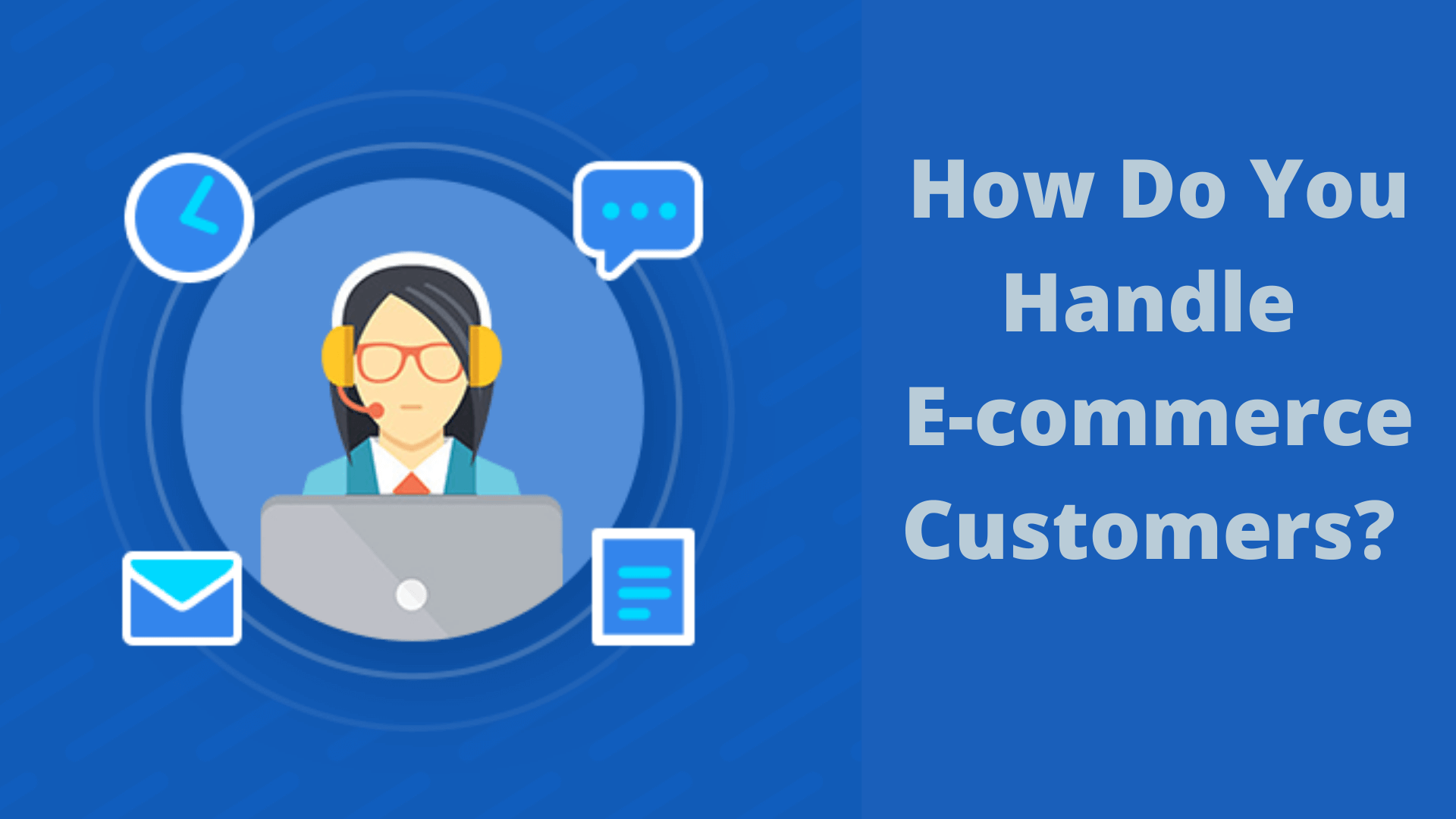How Do You Handle E-commerce Customers? A Quick Guide To Follow!
The world of E-commerce, with its increased digitization, has offered us new levels of convenience. It allows us to sit from the comfort of our homes and purchase a variety of goods with just the push of a few buttons. However, the one thing missing from the whole experience is the sense of personalization. When you walk into a store, you are greeted by staff members, are able to ask them for queries, et cetera.
5 Tips To Handle E-commerce Customers
On a digital store, the scope for all of this is quite limited. Not only is this a problem for customers, but it poses an even bigger hurdle for sellers, who have little knowledge of who their customers really are and what exactly they are looking for. As a result, it becomes important to find some common ground, so that both ends of an e-commerce transaction are able to interact. Here are a few ways in which you, as a seller can do so, to ensure that your customers are happy and satisfied.
1️⃣ Customize your service:
Following a rule of thumb approach while dealing with your customers will not get your business very far, since your customer base is going to be largely heterogeneous. As a result, it becomes important to tailor your service to keep each customer happy. If you have a particularly large e-commerce business, then it might be difficult to cater to each and every single customer personally, so then you can divide them into demographics and understand what mode of personalization each segment is going to receive. Hiring customer service reps and imbibing chatbots who guide the customer throughout the buying process can also help personalize the whole affair to a large extent.
2️⃣ Go for an omnichannel approach:
Following an omnichannel approach to reach your customers is a sure-fire way to keep your target audience content. What this means is that you make use of multiple channels or platforms to reach your customers and keep them engaged. For example, you may use various social media apps such as Facebook, Instagram, Linkedin, et cetera, to reach the segments of your consumer base that make use of them, and ensure that people on the other ends of every single channel is paid attention to.
3️⃣ Make use of analytical data:
Various platforms provide you will analytical data regarding how much time a customer spent on your products, what they perused through, et cetera. Make use of such data to understand the journey of your customer from the beginning to the end, so that you can make improvements to the whole process.
4️⃣ Respond to your customers on time:
As an e-commerce business owner, the one thing to pay close attention to is your response time. If customers have posted a query, or about something that went wrong with your service, you need to ensure that your damage control strategy is both effective and efficient. Taking too long to get back to your customers may leave them unsatisfied, and causes your business to lose that sale.
5️⃣ Utilize the power of reviews:
Getting feedback from your customers is one of the best ways to figure out your shortcomings and make changes to ensure your service is the best. Allow your customers to leave reviews under a product they purchased, or perhaps you can even give them the option to rate your service. All of this can be harnessed to fully understand your customers and figure out what their needs are. Avoid allowing yourself to be disheartened by a bad review, and instead, use it as an opportunity to improve your business.
Conclusion:
The requirements of your customers should be your top priority, and the way to understand what exactly these requirements are is to put in the effort to track their buying process and see what improvements you can make. Engage with your customers as much as possible, be it through social media, email marketing, blogs, and more.

